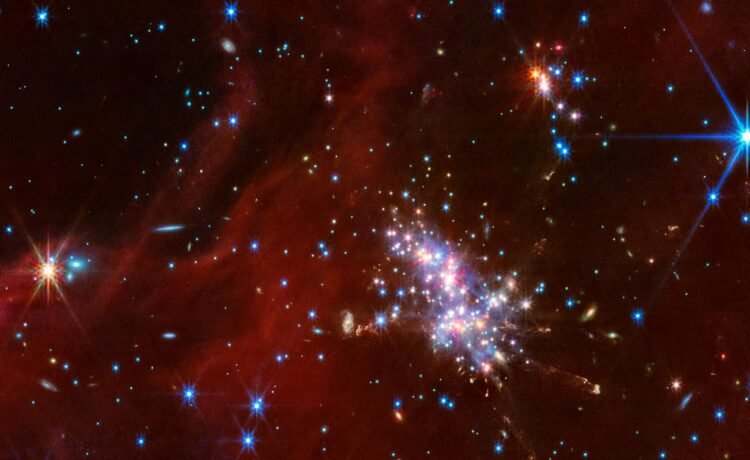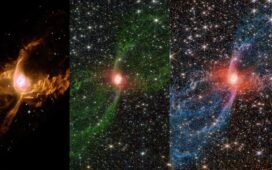Almost all of the stars, planets, and interesting physics happens in the inner portions of galaxies. Is that conventional wisdom all wrong?
Bright stars and dust lanes dominate our everyday views of galaxies.
Supremely interesting features occur, visually, within a galaxy’s innermost regions.
This holds true within our Milky Way, where we observe 27,000 light-years from the center.
However, looking away from the galactic center, an unfamiliar view greets us.















